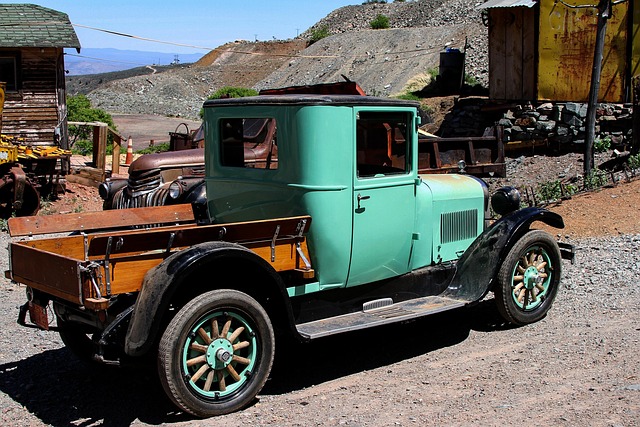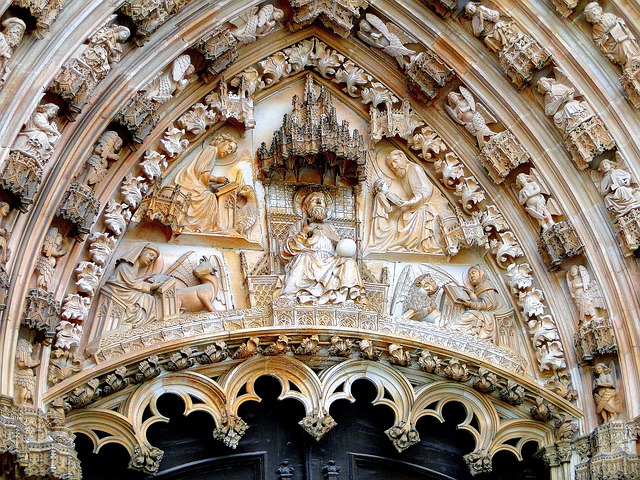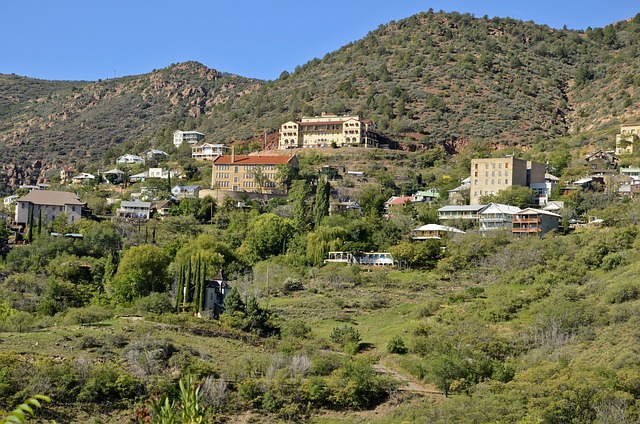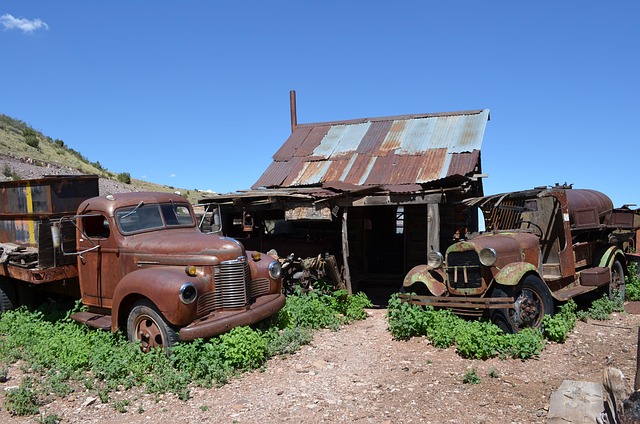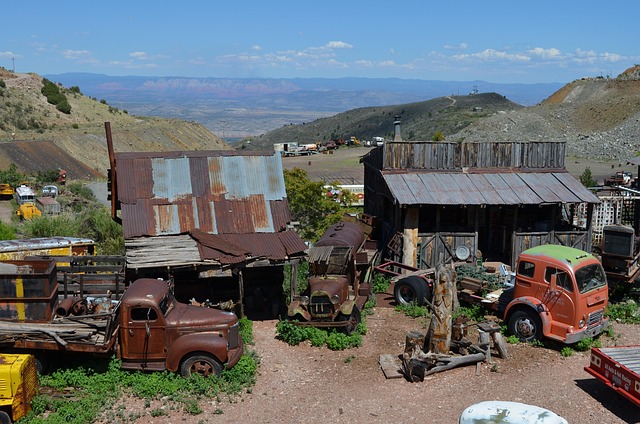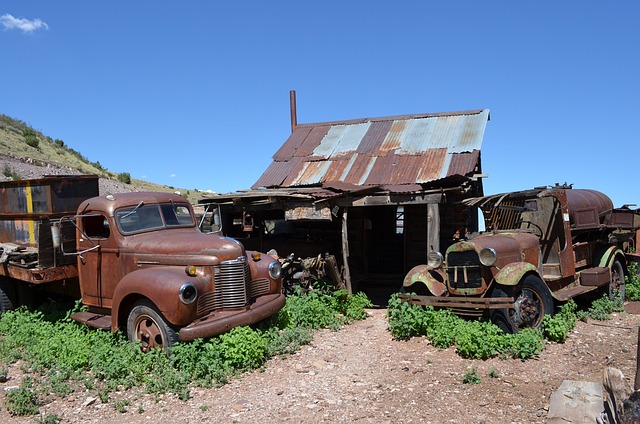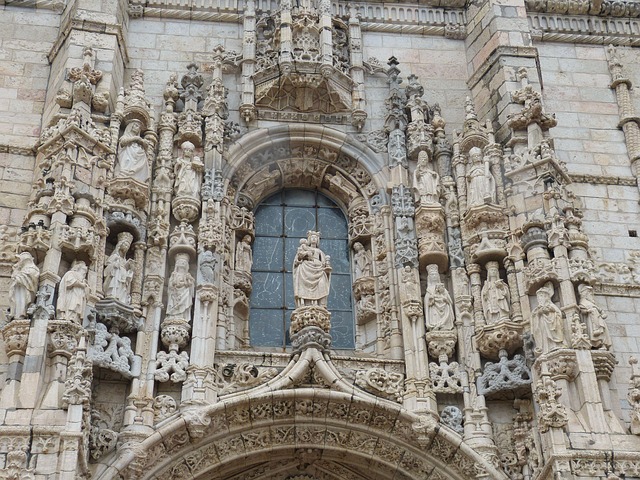The historic copper mining region, with its centuries-old legacy, has evolved into a hub for innovative real estate opportunities that seamlessly merge past and present. Old mines are being reimagined as artistic spaces, blending historical preservation with modern living through creative hubs attracting artists and cultural enthusiasts. This transformation offers unique real estate development prospects by converting abandoned mines into studios, galleries, and residencies, fostering economic growth and enhancing local quality of life while preserving the region's rich history.
In the heart of [Region], where once copper mines scarred the landscape, a new phenomenon is taking root. Historic mining sites are being reimagined as vibrant art havens, attracting artists and visitors alike. This transformation not only preserves the region’s industrial past but also offers unique real estate opportunities through converted mine shafts and structures. Community engagement flourishes as these artistic spaces breathe new life into abandoned mines, fostering creativity and economic growth.
The Historical Context of Copper Mining in the Region
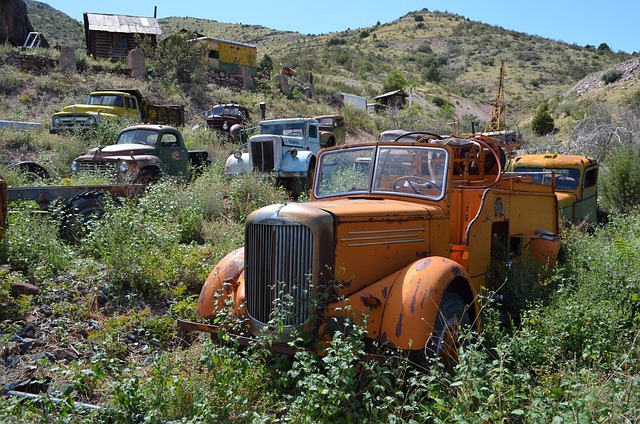
The history of copper mining in this region dates back centuries, shaping both its economic landscape and environmental fabric. Once a bustling center for metal extraction, the area’s once-abundant copper deposits attracted pioneers and entrepreneurs alike, driving local growth and development. The industry’s peak was marked by thriving communities and robust trade, with copper being a highly sought-after commodity in the construction and manufacturing sectors.
Over time, as new mining techniques evolved and resources began to wane, the region gradually transitioned from a bustling mining hub to a diverse economic center. However, the legacy of copper remains evident today. The once-abandoned mines now stand as a reminder of the area’s rich past, while the surrounding terrain, once scarred by extraction efforts, is being revitalized. This transformation has created unique opportunities for real estate development, with a focus on preserving history and integrating modern living in harmony with nature.
Transforming Abandoned Mines into Artistic Spaces
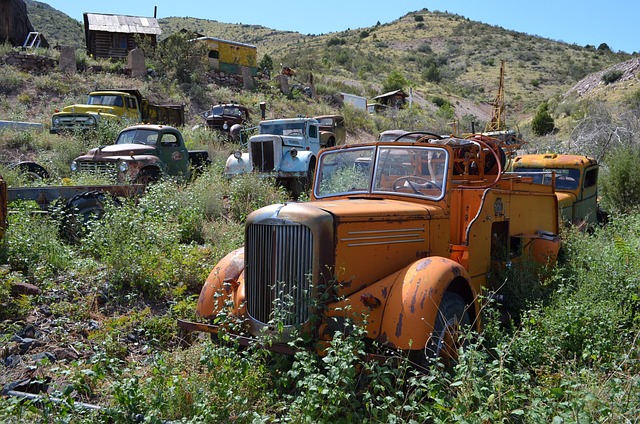
Copper mines, once bustling with activity, have left behind a legacy of abandoned structures and landscapes. However, this industrial heritage is being reimagined as vibrant artistic spaces, transforming the real estate into creative hubs. The process involves meticulous planning and design to breathe new life into these forgotten sites, appealing to artists and cultural enthusiasts alike.
By converting old mines into art havens, communities are not only revitalizing their urban landscapes but also fostering a unique blend of history and contemporary culture. These converted spaces can accommodate galleries, studios, and performance venues, attracting diverse artistic disciplines. The transformation process often highlights the raw beauty of the existing architecture and infrastructure, creating an intriguing contrast between the industrial past and modern artistic expressions.
Real Estate Opportunities and Community Engagement
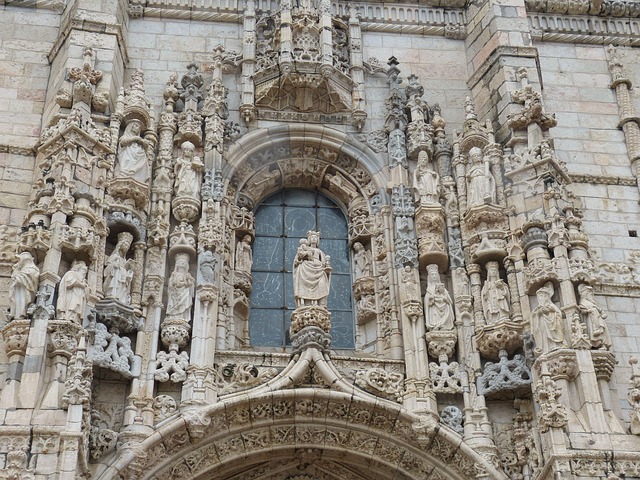
The transformation of historic copper-mining sites into artistic hubs presents a unique opportunity for real estate development. These former industrial landscapes offer an intriguing blend of raw, untapped potential and rich history, appealing to artists, developers, and investors alike. With creative reuse and sensitive renovation, abandoned mines can be revitalized as studios, galleries, and residencies, attracting a diverse range of artistic talents. This not only breathes new life into these areas but also fosters community engagement by establishing cultural centers that become the heart of local art scenes.
Community involvement is vital to ensure the success and sustainability of such initiatives. By involving residents in the planning and development process, the converted spaces can truly become a reflection of the community’s identity and aspirations. This collaboration can lead to the creation of vibrant, thriving arts districts that not only benefit artists but also enhance the overall quality of life for local folks, stimulating economic growth and cultural pride.
